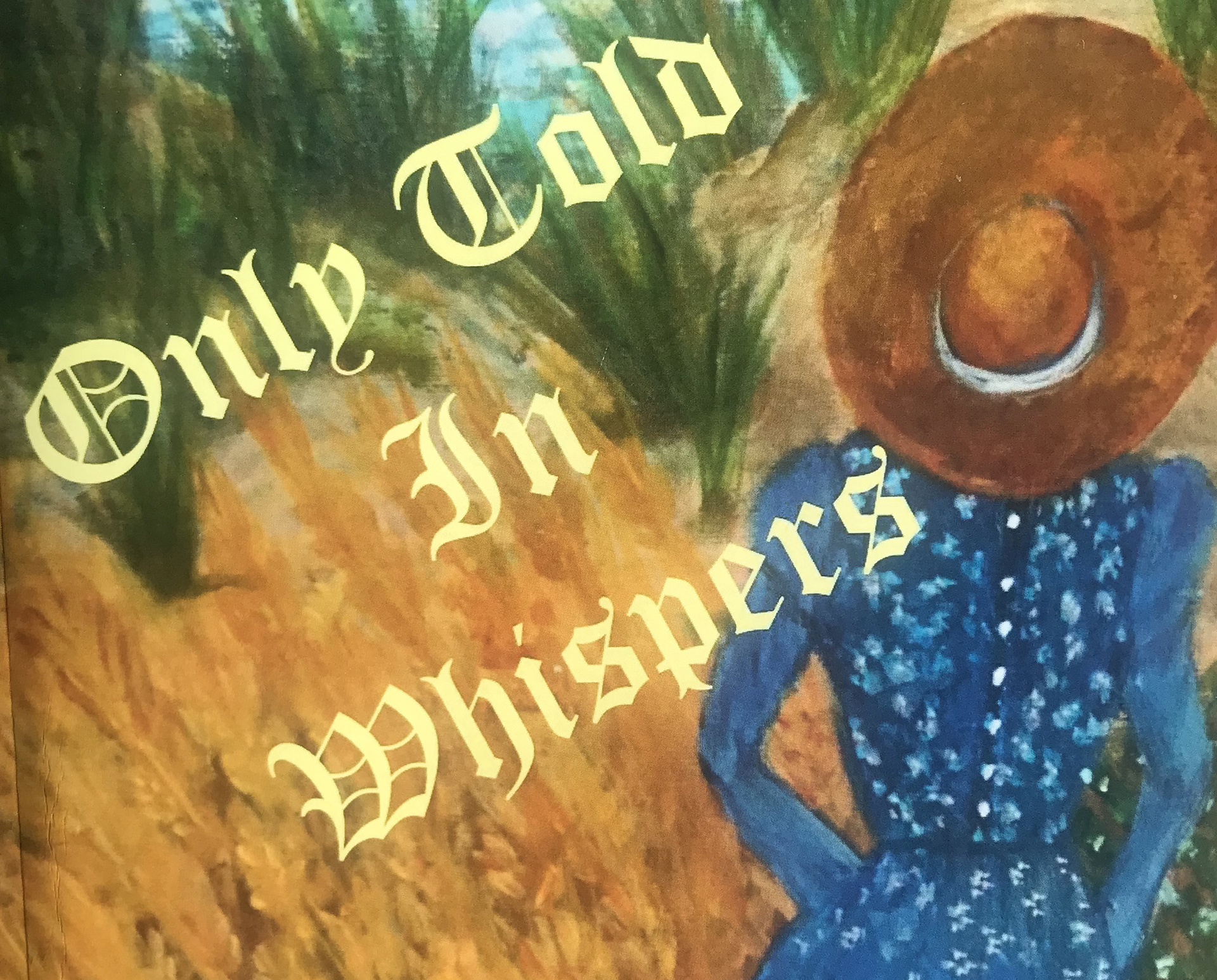A Pocketful Of Poseys

Decades back, when I was relatively new to the East End and chatting up a local whose roots, he said, went way back, I referred to him admiringly as a “Bonacker.” His wide-eyed, “O”-mouth response was immediate. “I’m a Posey!” What did I know? He did live in Springs and had Bonacker friends, but history ruled — the Poseys settled mainly in Amagansett while the Bonackers spread out largely in Springs, though both groups still like to identify themselves by referring to particular areas: the Round Swamp Poseys, the Devon Poseys, the Pantigo Poseys.
The Poseys, legend has it, took their name from a 19th-Century ancestor who liked to walk around the streets of Amagansett with a flower in his lapel. Or so say folklorists who now include the remarkable 65-year-old Edith Lester, from “Poseyville” (Cross Highway, near Brent’s). In her new little book, she refers to herself as “an artist and writer, mostly of short stories passed down from family or from my memories growing up.”
Her first outing in print, in December 2015, “A Gift from the Attic,” comprised stories in the form of letters she found in an old trunk after her mother, Lottie Wood Lester, died in 2011. Most were to her mother from her maternal grandmother and told about life in small-town, working-class America — before the East End became the Hamptons. The takeaway from Edith Lester’s new venture, “Only Told In Whispers: A Story Based On An Actual Court Case From East Hampton, NY in 1861” is a reminder of the hardscrabble life of this area, going back 150 years.
The new booklet also shows Edith as a justifiably proud researcher, marrying truth and sympathy. She got hold of a story that was known only “in whispers” but that had been recorded as court transcripts. It was about her Pantigo Posey great-grandmother Catherine (Kate) Sophronia Lester (b. 1845) and her great-grandfather Nathan Lester, Catherine’s cousin, who fathered Kate’s “bastard” child but didn’t own up.
Without moralizing, Edith finesses the change in mores over time. “Now as we all know, young ladies in the 1860s where [sic] expected to act in proper ways.” Enter young Nathan Lester, “a restless spirit with strong determination,” one of the Lester boys who could be strong and cocky. “Not unlike the Lester boys today. Some traits do travel down through the generations.” Kate toys with him and he is attracted to her. Rape ensues but he denies what Kate says. She becomes pregnant and her parents hired a lawyer — the trial, a hope “of recovering some of Kate’s honor,” if not support. “Nathan and Kate have started the separation of the Lester family. Leaving in their trail a devastation felt by others for years to come.”
In prose that is unadorned and untutored and, for that matter, authentic — a voice that doesn’t bother at times with the niceties of grammar — Edith talks about her ancestors, particularly the young who were often worked to death before their time. Yet they loved, were loved, and were family. The simplicity of her presentation, with home photos, gives the book a feel of the Real Deal. “Yes, things happened, people were hurt. Life went on and low [sic] and behold we survived.” Kate married Claudius Hamilton, but alas he came back from the Civil War changed, and left her, now with three young children.
Meanwhile, cousin Lester who had fathered her child married Mary Conklin Bennett in 1867, while Kate farmed out their son, Nathan, at the age of seven to work (Kate would later marry John Mulligan). In time, young Nathan grew to be an industrious fisherman, got married, continued to work bays and ocean and was eventually known as Captain Posey, living on land in Pantigo that is still in the family today.
Kate was, for sure, flirtatious and given to fantasy. “She has heard tales of the big city filled with excitement and women that stroll in parks wearing fancy dresses,” but because of her family’s need, she was “delivered to George Miller’s house” in even more remote Springs to live and “do boarding house laundry.” But she “will be damned,” Edith writes, “if she will let any of them know she was hurting.” She sneaks out at night, even though “tongues were flapping and the whispers began.”
Title and chapter headings in heavy Gothic font give the slim book a kind of official imprimatur, as Edith recounts her tale about her great-grandmother. In an inspired move, she tells the story as “historical fiction,” importing facts about the people and times, but also reimagining in the present tense what Kate may have been thinking and feeling in those heady days growing up poor but high-spirited, a young, hardworking girl caught between ignorance and desire.



